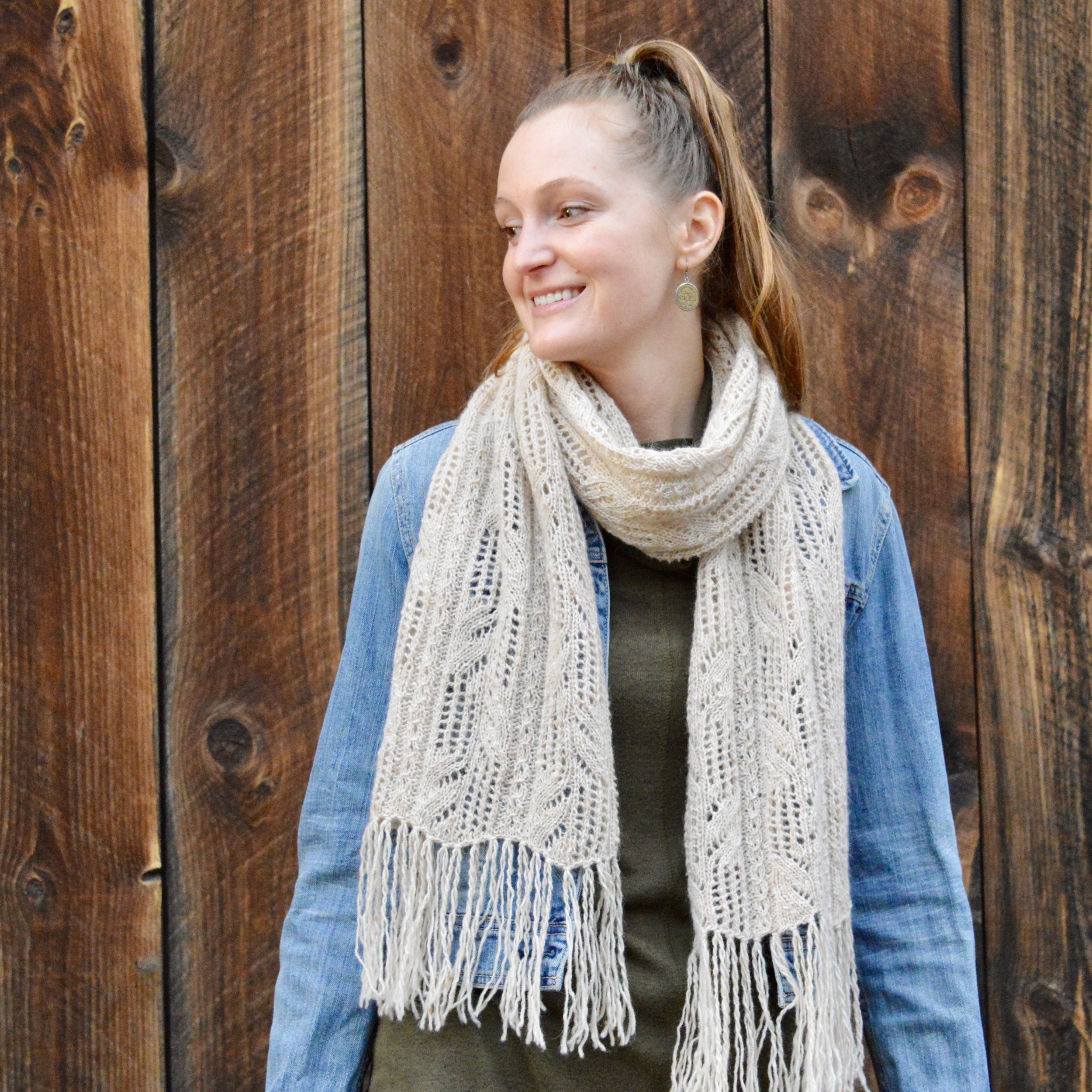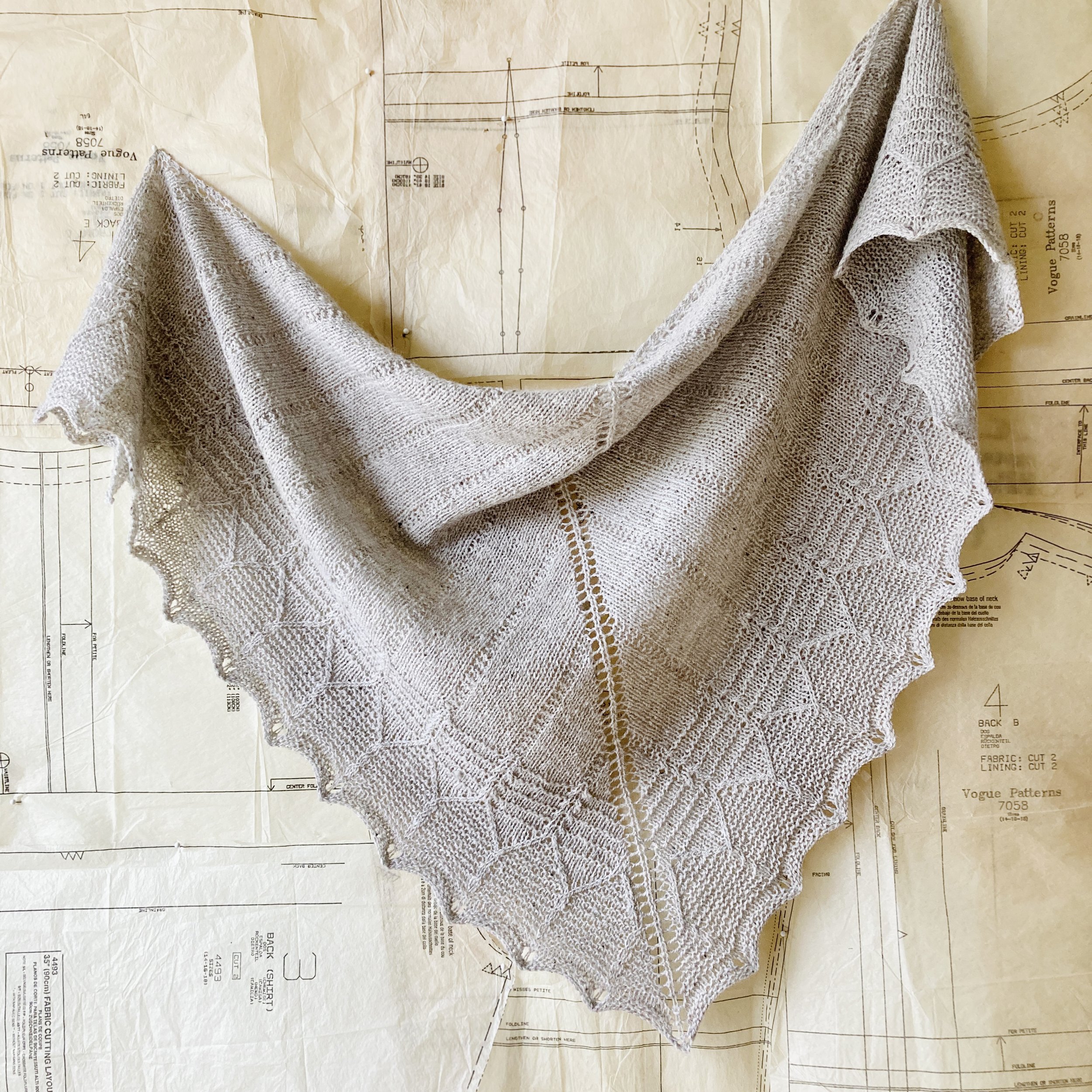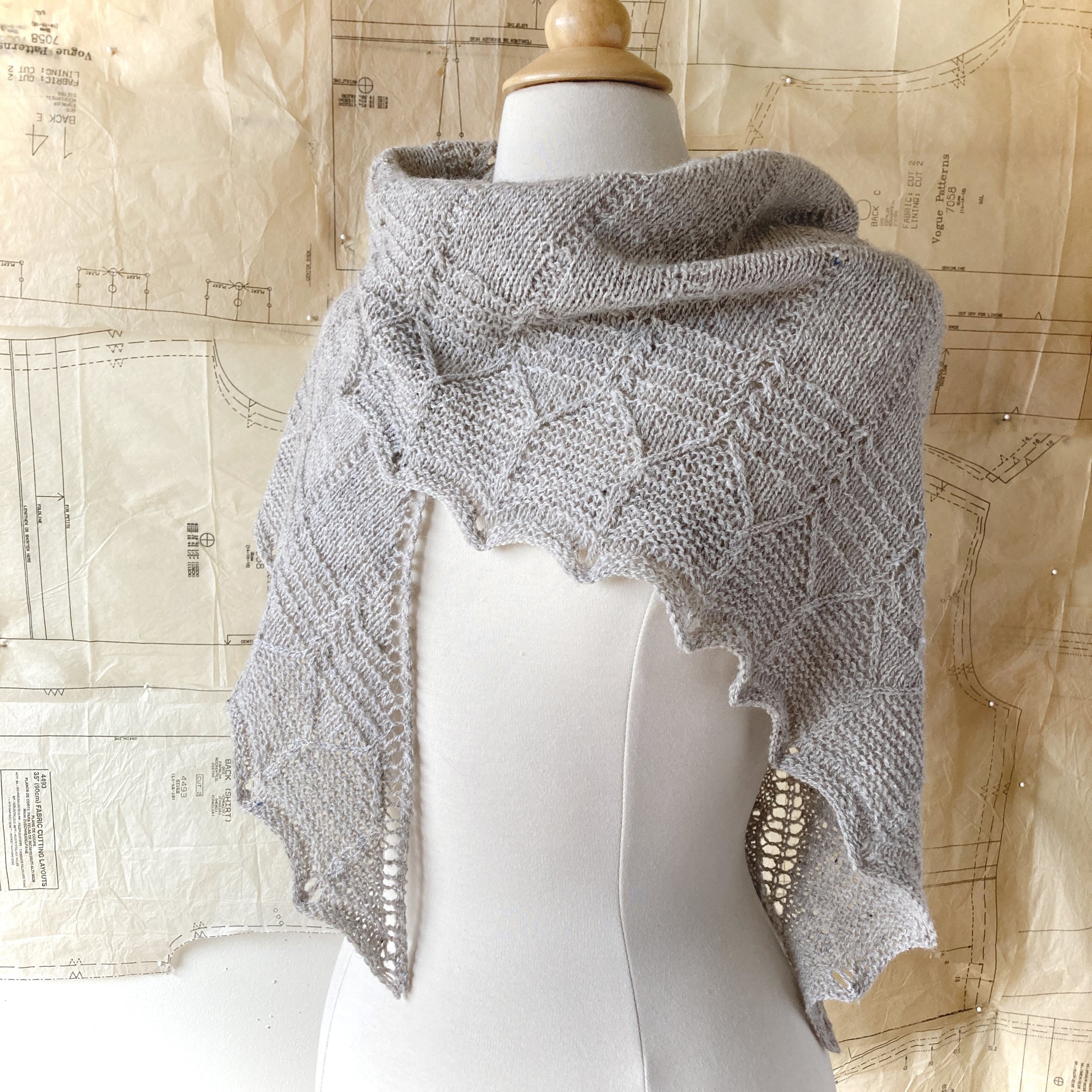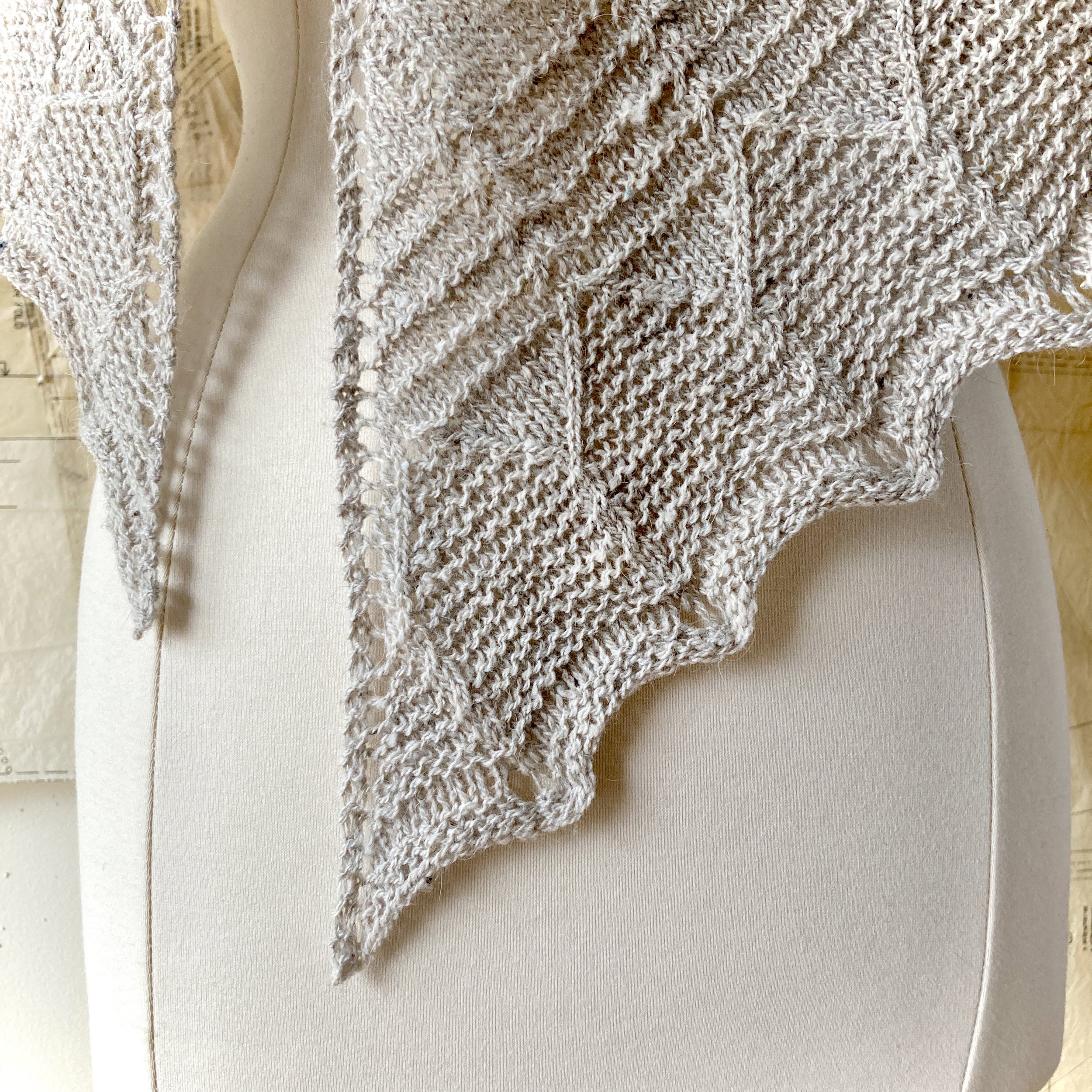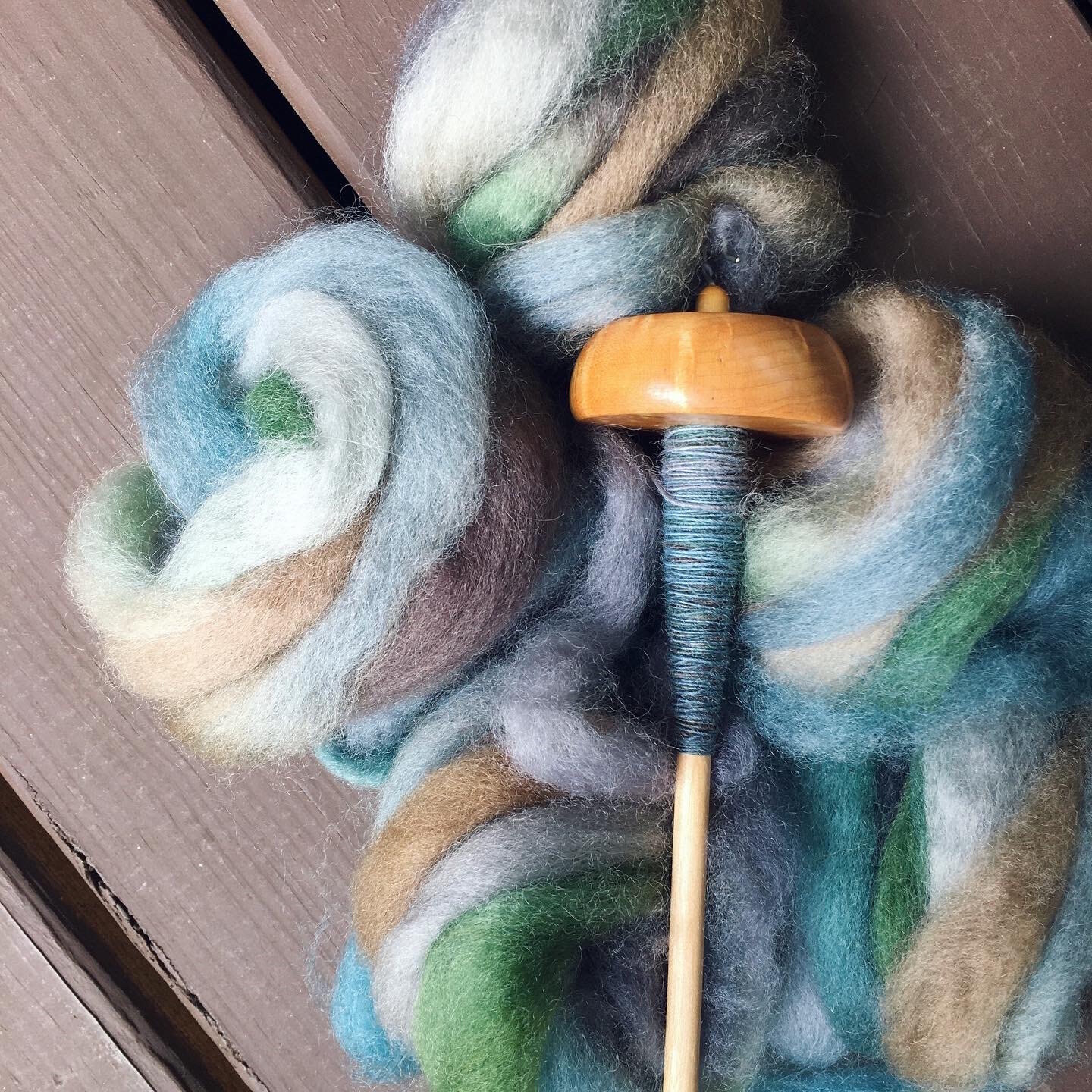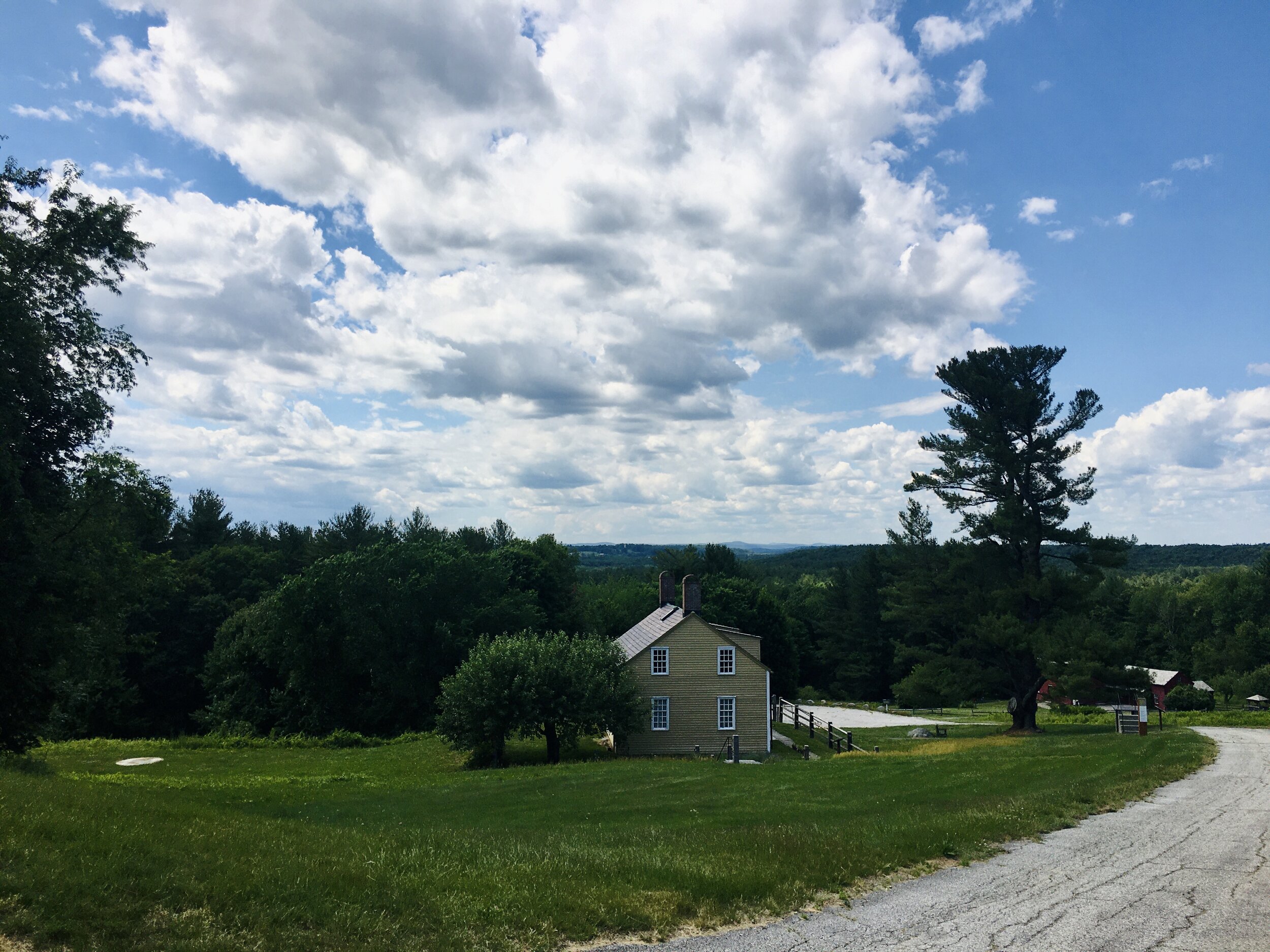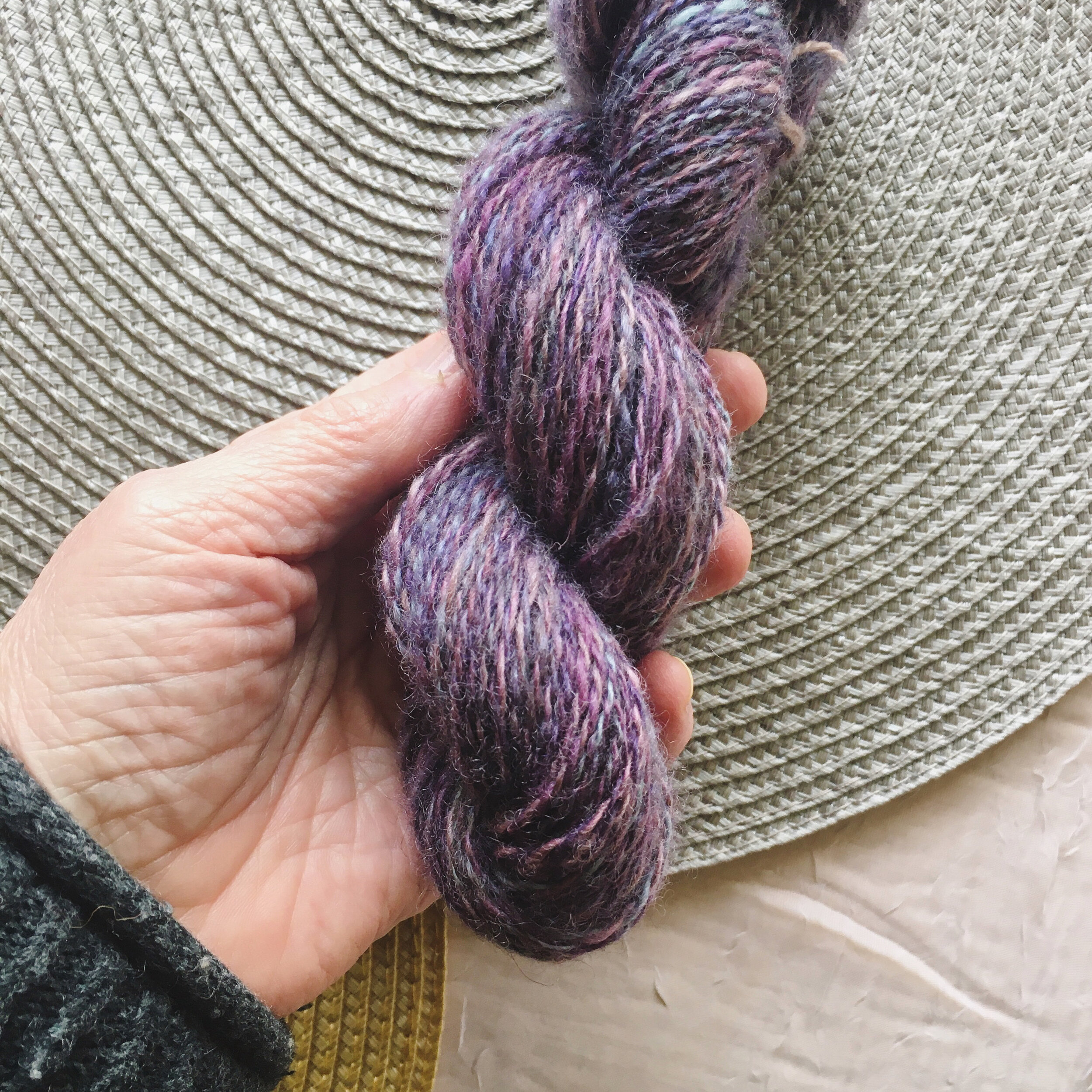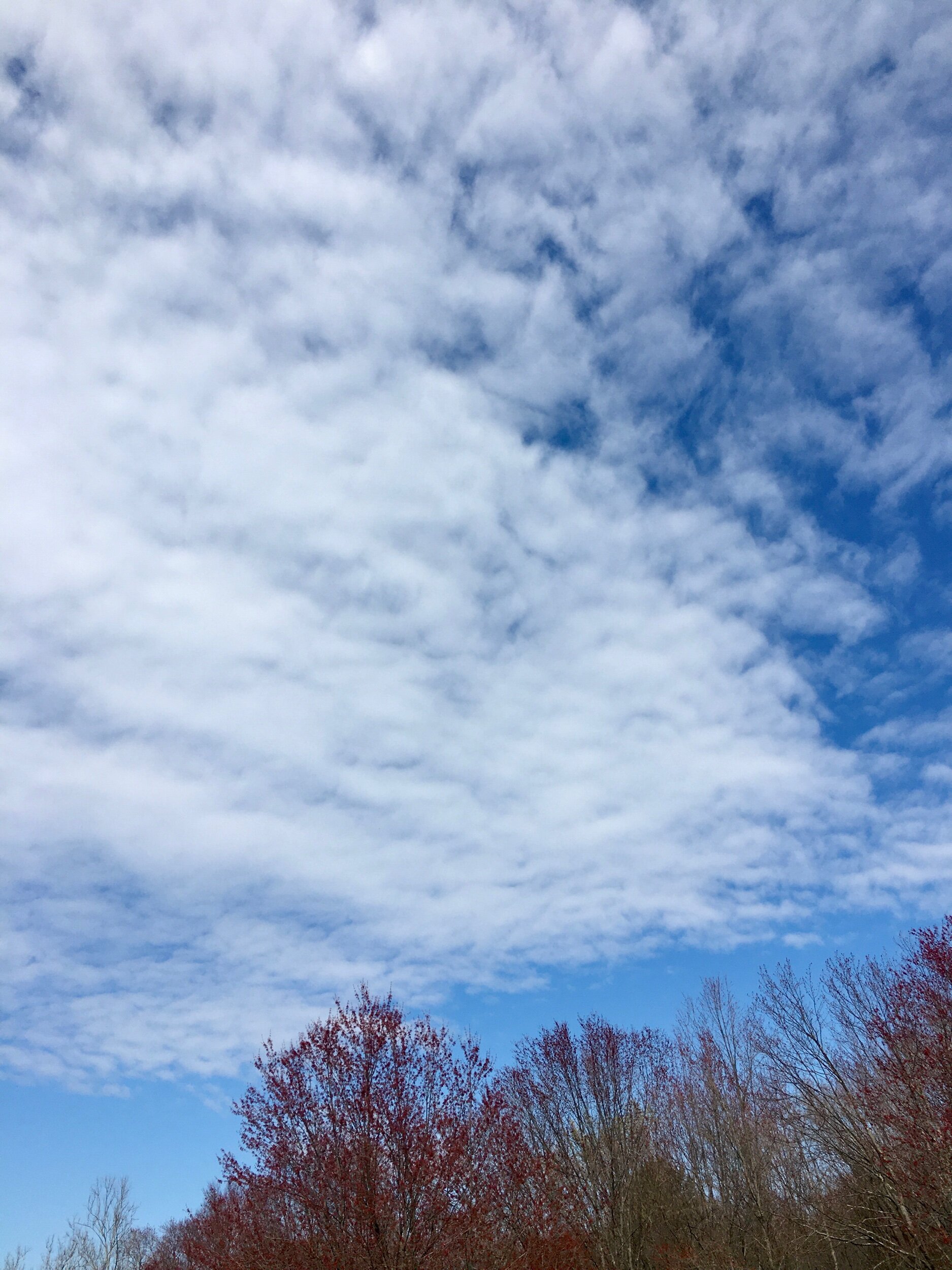It might not be obvious from the weather, but spring is finally here! I find my knitting inspiration is shifting from warm winter shawls and cowls to lighter knitting projects, like scarves and socks. How about you?
A year ago, my Winter’s End Scarf was released as part of the “My Place” competition sponsored by Kate Davies Designs. To celebrate its anniversary, I’m having a wee sale: Save 25% on the Winter’s End pattern with the coupon code SPRING25 at Ravelry, Etsy, and Payhip.
I knit Winter’s End with Milarrochy Tweed, a fingering weight blend of wool and mohair that produces a light, airy fabric when worked in lace. But you can substitute any fingering weight yarn—you’ll need 650 yds/595 m (which includes the amount needed for the fringe).
The pattern gives step-by-step instructions for cutting and attaching the fringe. It’s added after you’ve finished the knitting, using a crochet hook.
Ready to cast on a new lace scarf for spring? The Winter’s End sale ends on March 31.
Happy spring—and happy knitting!



